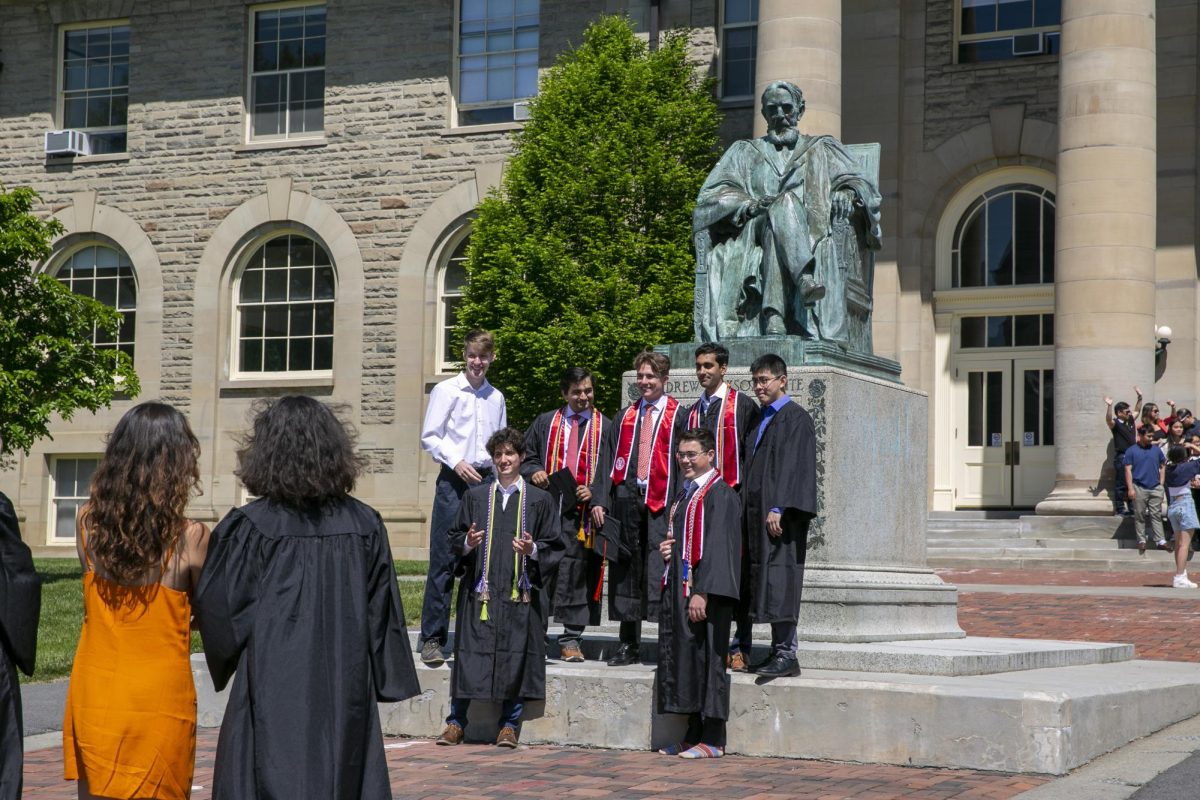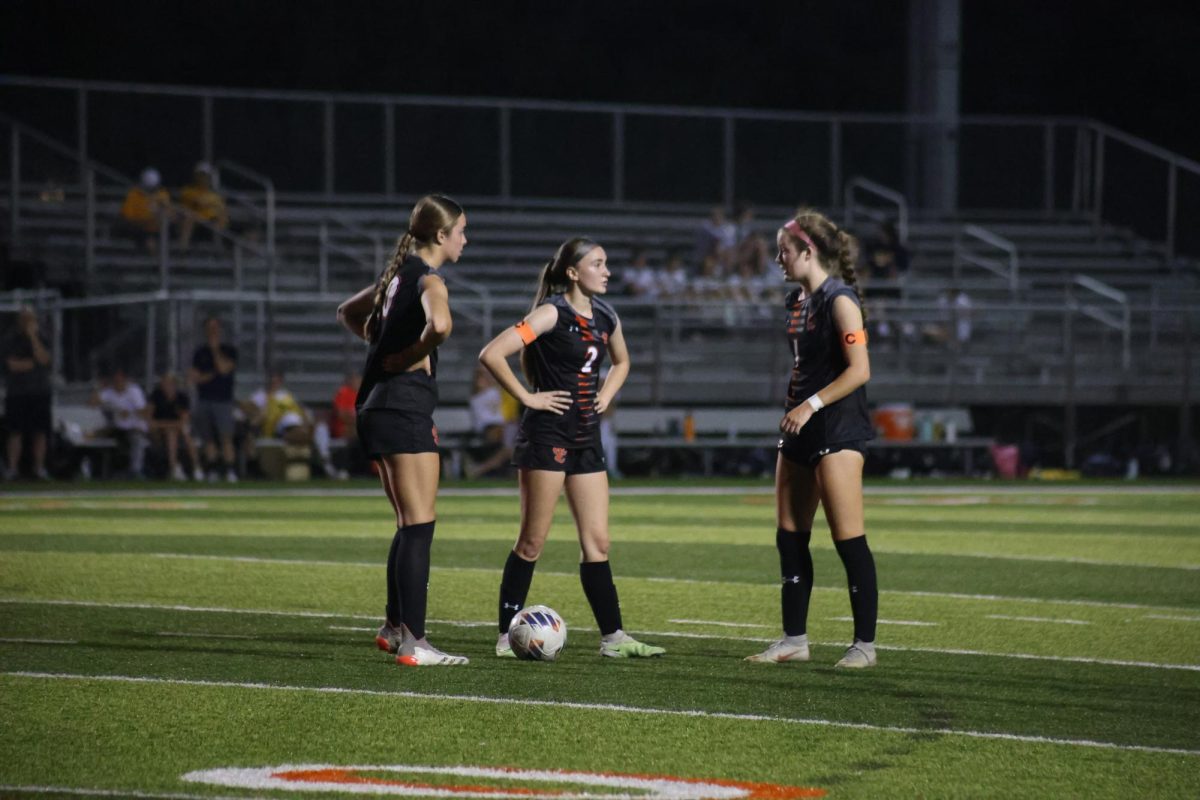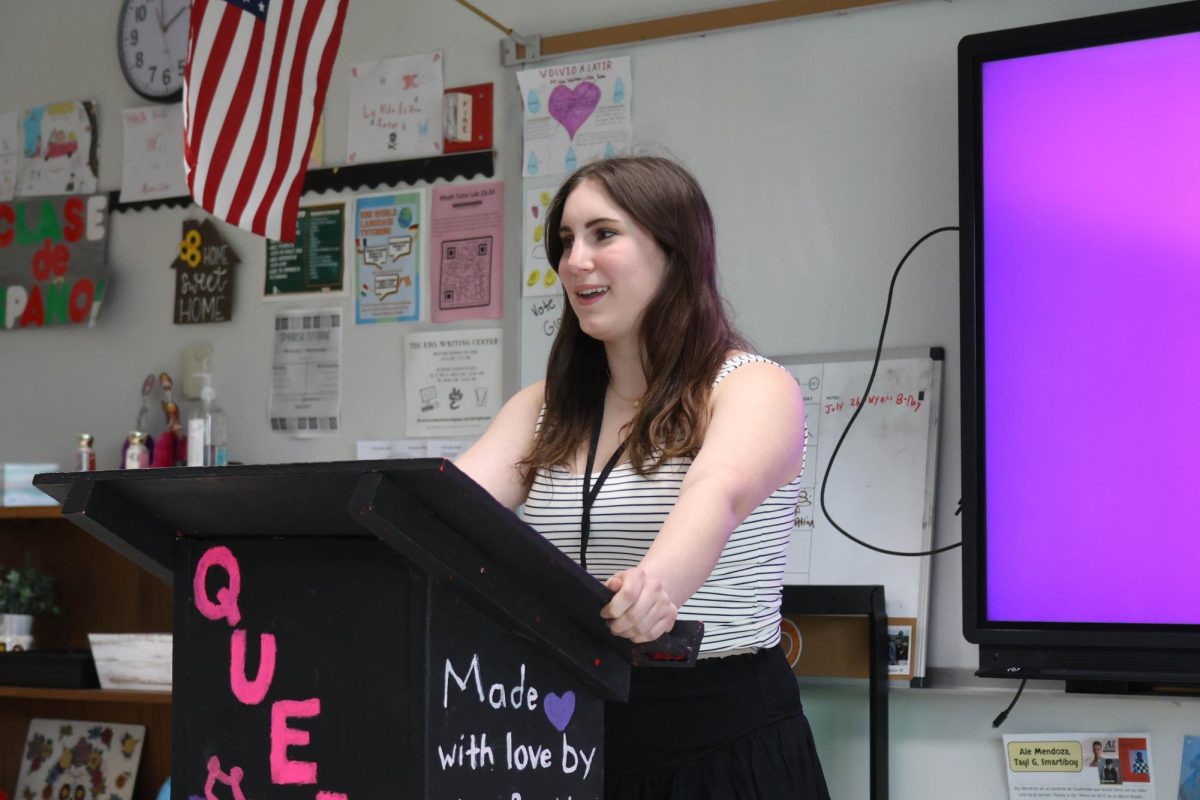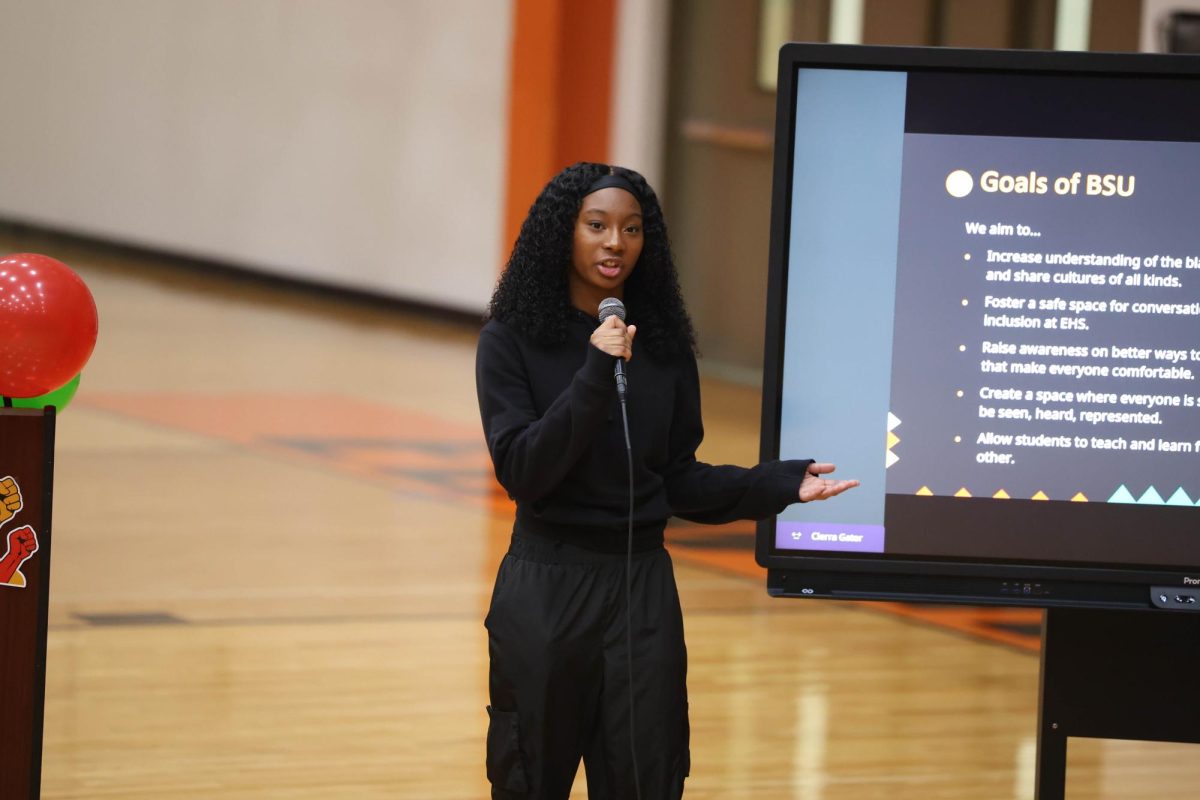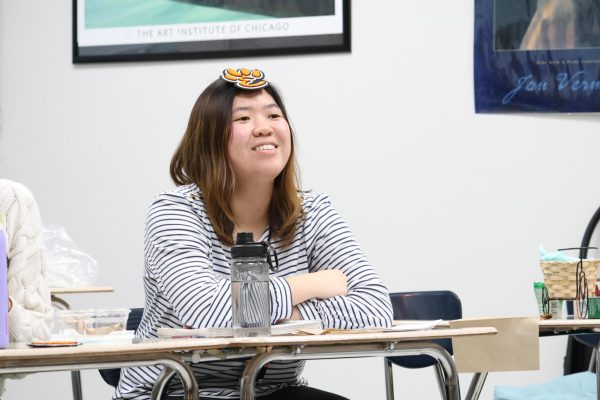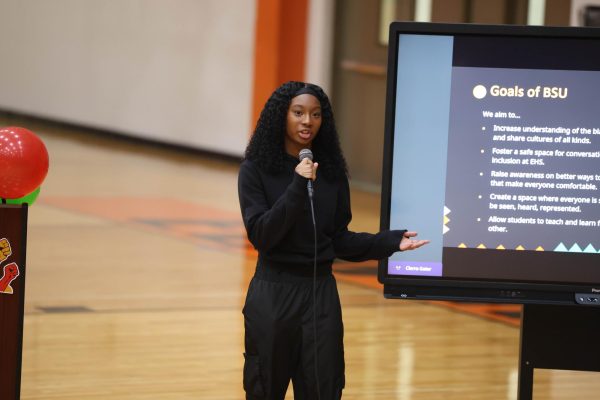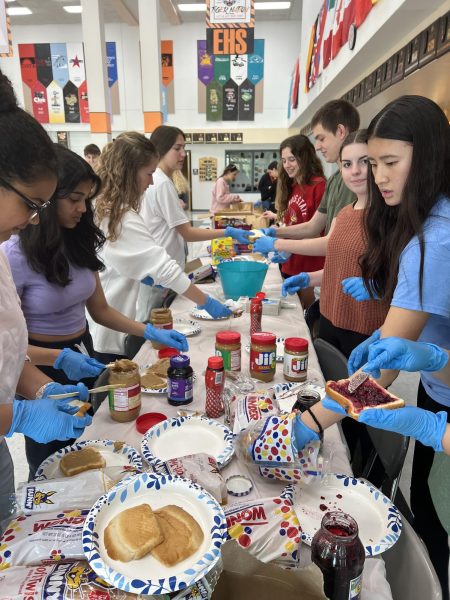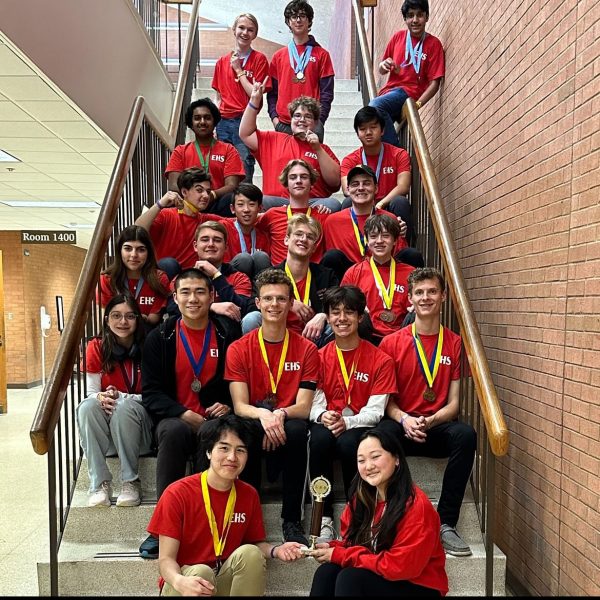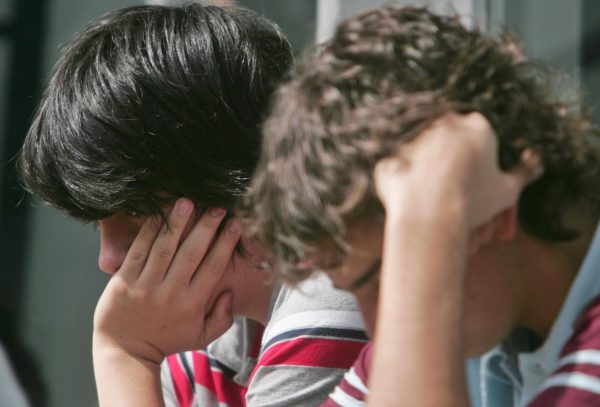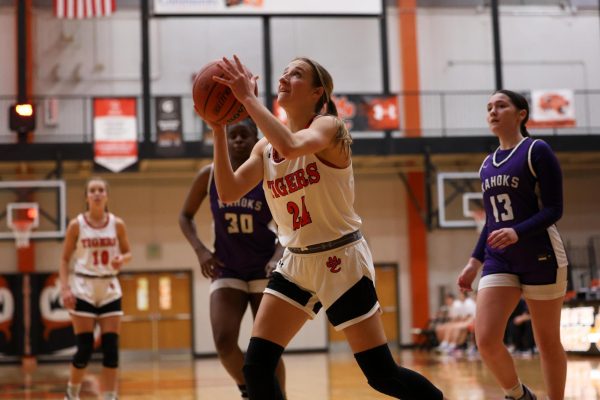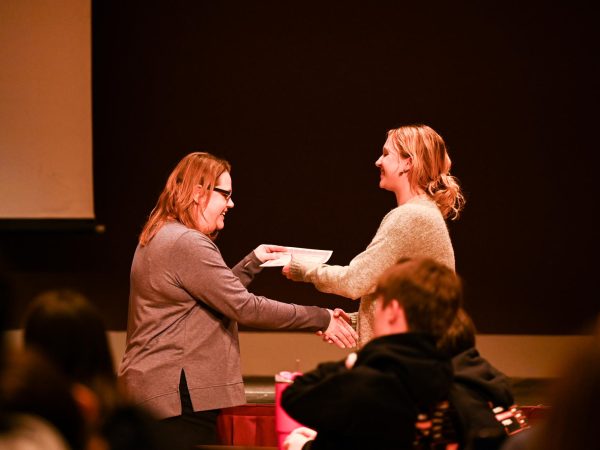Students and Teachers Weigh the Pros and Cons of Remote Learning
September 11, 2020
Before the pandemic, staying home from school sounded like a dream to most high schoolers. Now COVID-19 has made that dream a reality.
According to Assistant Principal Kyle Stewart, over 300 Edwardsville High School students decided to stay home this semester and learn remotely while their peers go to school twice a week.
Sophomore Tehani Johnson realized during last school year’s quarantine that she prefers to learn from home.
“I chose full remote because I liked it when we did it last year,” Johnson said. “COVID-19 did not play into my decision. I felt it would just be easier to do online schooling.”
Johnson said online schooling is benefitting her more than she would have anticipated.
“I have enjoyed being remote,” Johnson said. “I get done with my work by 12:30 or earlier every day. I can also relax before field hockey practice.”
The social aspect of remote learning also appeals to Johnson.
“I still talk to my friends. Honestly, I am not a big talker in school either so I don’t mind not talking to people other than my teachers and friends,” Johnson said.
Senior Maddy Davis began the school year learning fully remote, and switched to hybrid learning shortly after.
“I was on quarantine because I came into contact with a COVID-19 positive person, but tested negative for the virus myself,” Davis said. “I didn’t have a choice in being fully remote.”
While Johnson prefers less social interaction, Davis feels like she has missed out on senior experiences.
“I did not enjoy being fully remote,” Davis said. “Because it’s my last year of high school, I want to get as much time with my friends before we all go to college. I felt left out not being able to attend my first day of senior year.”
Learning without entering the classroom was a challenge for Davis, and she noticed that the transition to online learning was difficult for the teachers as well.
“Some of my teachers were very organized and on top of everything, while others are still trying to adjust, which is understandable,” Davis said.
Nicole Pontius teaches literature to 131 remote students every day, and her experience has been positive.
“I enjoy utilizing technology and finding creative ways to incorporate new activities into my class lessons,” Pontius said. “When we went to remote learning in the spring, I really liked the shake-up (in light of a not-so-ideal situation), and it gave me the opportunity to teach in a totally different way than I am used to.”
Although Pontius likes teaching remotely, she admits that connecting to her students has been problematic.
“It can be hard establishing connections with the kiddos at home when I do not get to see them on a daily basis and interact with them face to face,” Pontius said. “There is so much communication lost when you are relying on a virtual presence that Zoom, e-mail or messenger just simply cannot replace.”
Pontius hopes she will be able to meet her students in person soon.
“It definitely puts things into perspective and makes me appreciate the ‘normalcy’ we used to take for granted,” Pontius said. “I look forward to going back to the 5-day school week, seeing faces from behind the masks and being able to function like we used to before the pandemic.”



